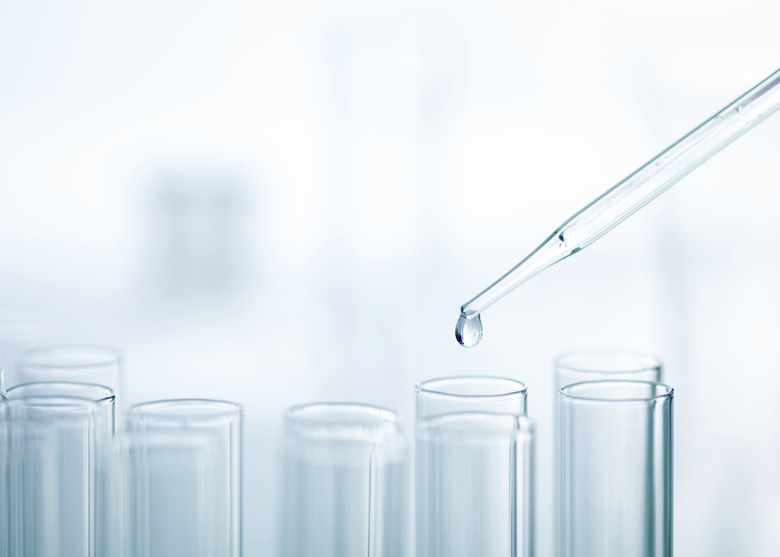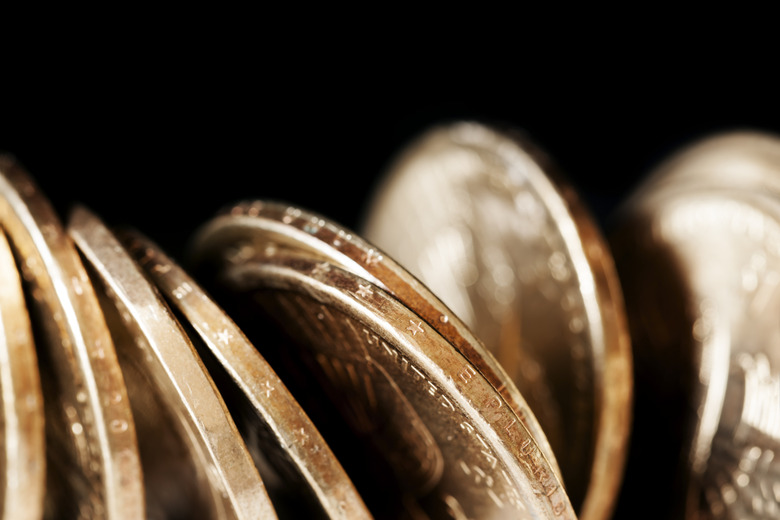How To Improve Your Precision In The Lab
Precision represents how close different sample measurements you take are to one another, and accuracy represents how close those sample measurements are to the true measurement. For example, the U.S. Mint manufactures pennies to a standard of 2.5 grams. If you weigh a penny five times, the closeness of each of your five measurements to one another is how precise your measurements are, but the closeness of the measurements to 2.5 grams is how accurate your measurements are. You can increase your precision in the lab by paying close attention to detail, using equipment properly and increasing your sample size.
Step 1
Ensure that your equipment is properly calibrated, functioning, clean and ready to use. Using equipment that is not functioning correctly can cause your results to swing wildly all over the place, and bits of debris stuck to equipment can influence measurements of mass and volume.
Step 2
Take each measurement multiple times, especially if performing serial dilutions or experiments that require you to combine substances in specific amounts. Think like a construction worker here: measure twice, cut once. If you are weighing objects, remove them from the scale after your first reading and check the scale between the first and second readings. If using a beaker or pipette to measure volume, examine the approximate amount of liquid in the beaker while you're holding it and also while it sits still on a flat surface; check pipette settings between each use.
Step 3
Increasing the number of samples that you take helps to increase the chance of finding the "truth." For example, if you are measuring the weight of a penny, you are more likely to get an average closer to the true weight of 2.5 grams if you weigh the penny 10 times rather than five.
Things Needed
- Lab equipment pertinent to your experiment
- Lab notebook to record your results
TL;DR (Too Long; Didn't Read)
Take your time and ensure that you are completing each step carefully and thoroughly.
Warning
Mistakes in the lab, whether the result of user error, equipment malfunction or mis-recording of information, can perpetuate misconceptions and make the results of your study impossible to replicate.
Cite This Article
MLA
Reid, Ari. "How To Improve Your Precision In The Lab" sciencing.com, https://www.sciencing.com/improve-precision-lab-10052147/. 9 March 2018.
APA
Reid, Ari. (2018, March 9). How To Improve Your Precision In The Lab. sciencing.com. Retrieved from https://www.sciencing.com/improve-precision-lab-10052147/
Chicago
Reid, Ari. How To Improve Your Precision In The Lab last modified March 24, 2022. https://www.sciencing.com/improve-precision-lab-10052147/

